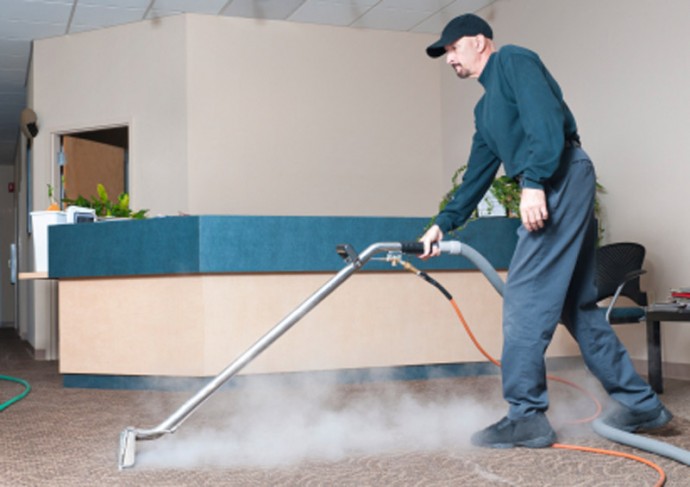When you need to do a remediation or restoration job on a property, you do a lot to make the place look like it was back in the day. There are situations where things simply fail to fit inside the usual parameters of a job, which means that property owners and managers usually call restoration and cleaning companies for a wide array of jobs, things like fire damage, water damage, mold infestation and other similar situations. One thing we can all agree upon however is that this isn’t really a serious biohazard situation, nothing like what one would face in the world of viruses and bacteria borne from an infectious disease. The current growth and spread of the Ebola hemorrhagic fever is a good example of why cleaning procedures must be followed to the letter in terms of infectious diseases and biological agents. Some companies are fully vetted to take care of such emergencies, but that doesn’t mean that human mistakes don’t happen. Depending on the viral or biological threat things may be very different from one strain to another and thus the need for stricter and more thorough procedures is always a good idea.
An infectious disease case requires a lot more care than a casual clearing scenario, which warrants for a professional biohazard remediation company. You need someone who knows how to handle cases like that, protecting yourself and protecting their crew from exposure to harmful pathogens. There are procedures that absolutely must be followed in such cases, made especially so they can be cleaned effectively and quickly with stopping the spread of the pathogen as their main goal. Attention to detail and extreme caution are an absolute must in the viral world. Every day we are faced with a number of invisible threats to our immune system, both airborne and transmitted by bodily fluids, ranging from the lighter range like flu to the really dangerous ones like influenza, Hepatitis B and C and more. For those aware of this and the fact that even the local cafeteria is teeming with bacteria proper cleaning procedures make a lot of sense. The following tips will point out what can be done in such cases:

Germs are present everywhere in our daily environment, so the remediation team involved will need to assume they’re present everywhere to ensure proper protection procedures are in place. The effectiveness of the treatment involved depends on the type of organism you’re dealing with, as well as the object in need of disinfection, concentration and the environmental temperature. Cleaning will set up the elimination of a lot of the risks, while disinfection will set a much higher standard of cleaning, needing more time and knowledge about the way a pathogen works. In the recent wake of Ebola you must make sure you work with professionals, regardless of what situation or pathogen you’re dealing with.
A good first step toward dealing with the situation would be the removal of all porous materials from the area, things like cloth furniture, carpets, cubicle covers and anything else you can’t effectively disinfect all the way. You will then need to apply a three step biowash process to effectively be able to disinfect an entire area. To begin the process you will need to make sure technicians remove all dust, debris and dirt from the walls and floor as well as any nearby spaces commonly shared with it.

